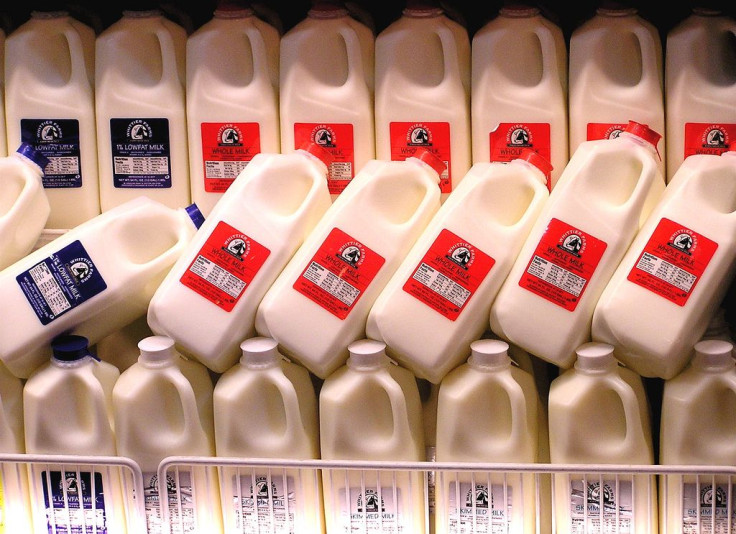Breast Milk Sold Online At Risk For Cow's Milk Contamination

Not too long ago, Sarah Keim and a team of her colleagues from Nationwide Children’s Hospital anonymously bought 102 samples of breast milk over the Internet. Only, they weren’t using them to nourish a group of hungry infants. They were checking mitochondrial DNA.
What Keim and her team found were 10 samples that had enough bovine DNA — that is, DNA from cows — to be consistent with a 10 percent contamination of cow’s milk in the human milk. The team published their findings recently in the journal Pediatrics, highlighting the dangers children may incur if they suffer from cow’s milk allergy or intolerance and take in adulterated milk.
This isn’t the first study the research team has carried out that investigated breast milk bought online. The FDA recommends against feeding infants from unscreened donors, and recent research has investigated the risks that may underlie the agency’s fears. In 2013, Keim analyzed breast milk samples for temperature upon arrival. Out of the 2,131 ounces of milk they purchased, 89 percent of it arrived warmer than the recommended frozen temperature of -4 degrees Fahrenheit, and 45 percent of it arrived above the recommended refrigerator temperature of 39 degrees Fahrenheit. Using warmed milk, let alone milk that has been contaminated with the milk of another species, poses risk for bacterial infection, the researchers explain.
Taken together, these risks make for an industry with little regulatory oversight. On the upside, consumers can usually save money by buying online. But most people that buy breast milk use it as a supplement or the whole source of nutrition for their infants, explains Sarah Steele, professor in the Global Health, Policy, and Innovation Unit at the London School of Medicine and Dentistry. In cutting costs, they may also cut some necessary corners.
“Unlike donors at licensed milk banks online sellers are not required to undergo any serological screening, meaning that diseases such as hepatitis B and C, HIV, human T cell lymphotropic virus, and syphilis may not be detected,” Steele wrote in a recent editorial in the British Medical Journal.
Both Steele and Keim make recommendations that push for more physician oversight. “Pediatricians should be aware of the online market for human milk and the potential risks,” Keim and her colleagues concluded in their study’s abstract. Mothers need to feel confident in asking about alternatives to traditional breastfeeding. In pediatrics, general practice, and community care, Steele and her co-authors argue, “post-birth check-ups offer an excellent opportunity to inquire about feeding difficulties and practices.”
Online purchases mark a new frontier for consumer goods. According to one survey, more than three quarters of childbearing women turn to the Internet for information about their pregnancy and birth. For the end user’s sake, however, breast milk sold via the Internet demands “urgent implementation of regulation” to make sure all milk sold is safe, Steele wrote.
“At present milk bought online is a far from ideal alternative, exposing infants and other consumers to microbiological and chemical agents. Urgent action is required to make this market safer.”
Source: Keim S, Kulkarni M, McNamara K, et al. Cow’s Milk Contamination of Human Milk Purchased via the Internet. Pediatrics. 2015.



























